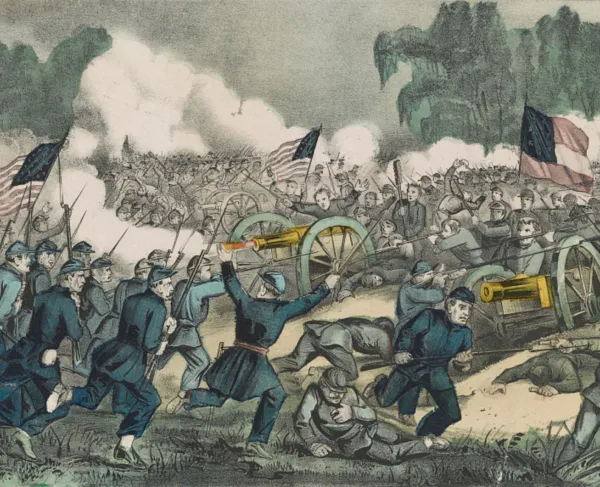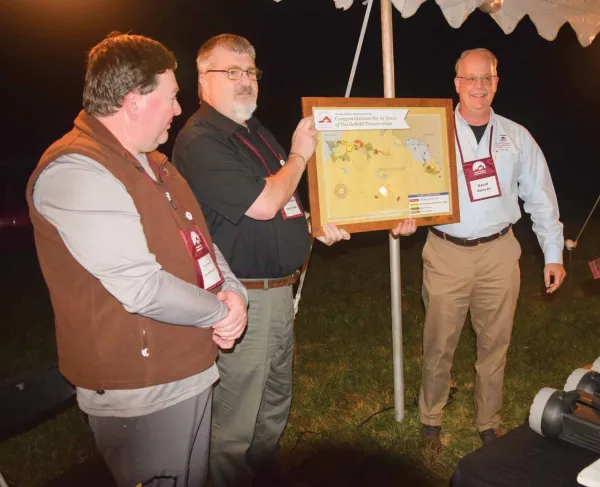The "Detroit Light Guard:" 1225th Support Battalion
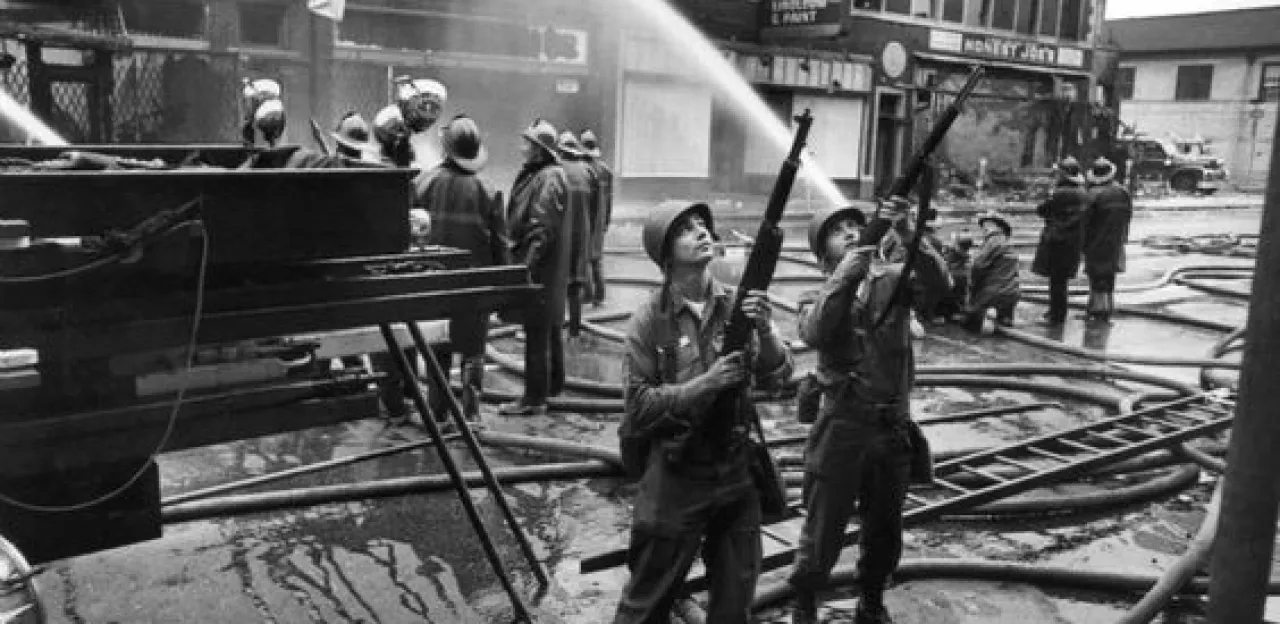
The 1225th Support Battalion has served the city of Detroit since before Michigan was a state. Formed in 1830-1 as the Detroit City Guard, the unit was called into Federal service for the first time in May 1832 for the Blackhawk War under Captain Isaac Rowland. On April 13th, 1836 the unit was reorganized into the Brady Guards in honor of General Hugh Brady. Major General Winfield Scott personally thanked the Guard for mobilizing twice during the Patriot War along the Canadian frontier in 1838-9. Many members of the company, including future Civil War General Alpheus Williams, served in the 1st Michigan Volunteers during the Mexican War, but the company itself spent the war on patrol along the Canadian frontier. In 1851, the company merged with the Grayson Guards and in 1855 changed their name to the Detroit Light Guard. The Guard was an active organization, working with many elite Northern militia companies, such as Ellsworth’s Zouaves, in the years leading up to the Civil War.
With the coming of the war, the best members of the Guard stepped forward to form Company A of the 1st Michigan Volunteers (Three Months), who arrived in Washington on May 16th. The citizens cheered the men as the first western regiment to arrive in the capital, and drew the comment from President Lincoln, “Thank God for Michigan.” At Bull Run, the 1st Michigan played a prominent role on the Union right flank on Henry House Hill and advanced farther than any other Federal regiment during the battle. Days later, the regiment returned to Detroit to reorganize into a three-year regiment, and the Detroit Light Guard officially demobilized. However, Company A remained the active part of the unit, as many members reenlisted with the 1st Michigan. The regiment served in the 1st Division, 5th Corps through the end of the war. They were on the left of the Federal defenses at Gaines' Mill and Malvern Hill during the Seven Days Battles outside Richmond.
The 1st Michigan was in the thick of the fighting on August 30th, 1862 at Second Manassas in Porter’s attack on Stonewall Jackson’s position. The fighting in front of the railroad cut was fierce and bloody, particularly due to Longstreet’s artillery that took the attack in the flank. Half of the regiment fell, and Colonel Roberts, a member of the Detroit Light Guard, was shot through the chest and died shortly after. The unit sat in reserve during the Antietam Campaign but was at the center of the fighting at Fredericksburg in the assault on Marye’s Heights, losing 47 men in the relentless but futile attacks. At Gettysburg, Lieutenant Colonel William Throop, also of the Guard, took command early in the fighting and led the regiment in their defense of the woods on the west end of the Wheatfield.
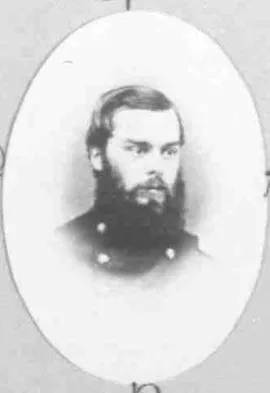
The Guard was the first infantry unit to engage Lee’s men at the Wilderness in the Overland Campaign. On May 8th, the regiment left the fighting with only 23 men in the ranks. The 1st played a significant part in the counterattack at Jericho Mill on May 23rd, stemming Wilcox’s breakthrough of the Union lines. It fought at Bethesda Church, the opening assaults at Petersburg, and was in reserve at Weldon Railroad in August. In September, at Poplar Grove Church, it stormed two enemy fortifications and part of the lines alone. The 1st fought at Hatcher’s Run, White Oak Road, Five Forks, High Bridge, and Appomattox. They stood in ranks with the rest of their division to receive the surrender of Lee’s infantry on April 12th, 1865.
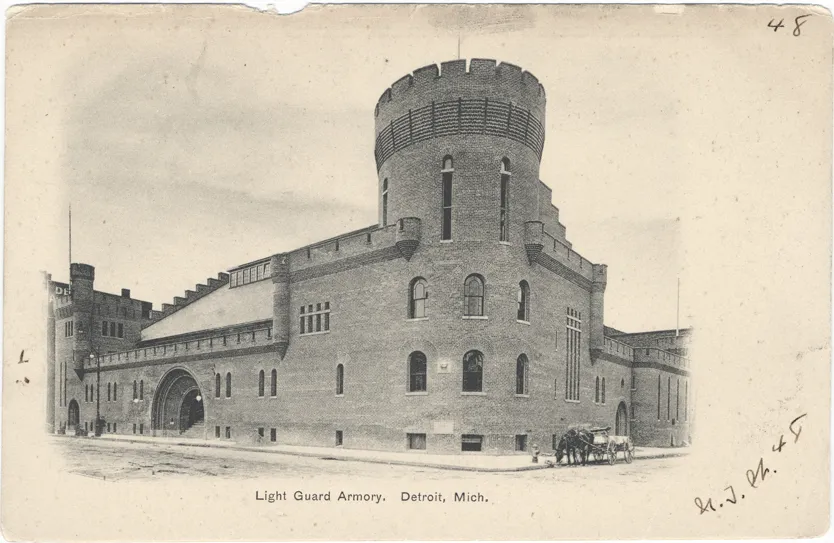
Following the muster out of the volunteer forces at the end of the war, the Detroit Light Guard reformed from the veterans returned home. This was a low point in the militia of Michigan, and by 1870, it was one of three companies left in the state. The Guard represented the state at the Centennial celebrations in Philadelphia in 1876 and on May 1st, 1882 adopted the tiger as its mascot, a symbol that Detroit still honors as the mascot of their baseball team. During this period, the company maintained its reputation as both a superbly drilled unit and an elite social club. With the outbreak of war in 1898, three of the Guard’s four companies became part of the 31st Michigan Infantry and shipped out for training camp at the Chickamauga battlefield on May 16th. The 31st Michigan performed garrison duty in Cuba following the Spanish surrender of the island until mustering out in May 1899. The remaining company served with the 32nd Michigan Infantry, which never deployed out of the United States during the conflict.
In 1916, the Guard was mobilized and with the United States’ entry into the First World War in 1917, it was consolidated with the 3rd Regiment of Michigan Militia to form the 125th United States Infantry in the 32nd Infantry Division. The division reached France in February 1918 and went into training. Its first combat was in the counterattacks during the Second Battle of the Marne in July and August, earning the division the nickname “Les Terribles.” It fought in the Oise-Aisne and the Meuse-Argonne Campaigns and then served in the occupation force in Germany. The Guard was called up with the rest of the division in 1941 but was pulled from the division in 1942 when it changed into a “Triangular” division.
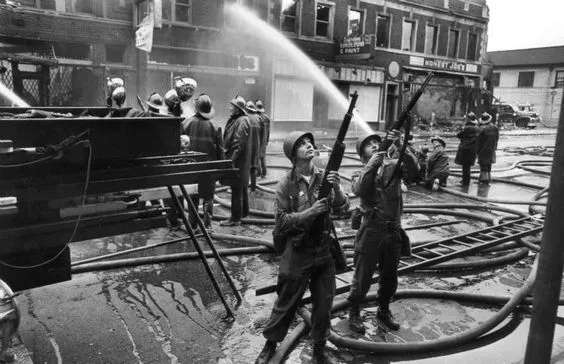
The Guard spent the war on garrison duty in the United States and, following the war, was split off the 125th Infantry. It moved around and served as an infantry unit in various brigades. In 1967, the Guard helped put down the rioting in Detroit. In 1992, it was converted from an infantry unit to a logistics unit. Under its current designation, the 1225th Support Battalion, the Detroit Light Guard served in Iraq from 2004-5. The Guard broke ground on its armory in 1897 and has used the building as their drill location since that time.
We have a chance to save these critical pieces of history at Gaines' Mill, Cold Harbor, and Appomattox Court House for just a fraction of their full...

